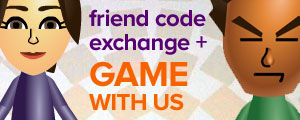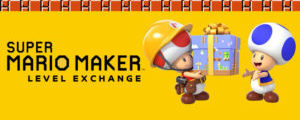Game-Key Cards are something new being introduced alongside Nintendo Switch 2. They might have slipped under the radar for some, as at a glance they look just like what fans would expect from a physical game: a cartridge to stuff inside of a console. However, spend a few minutes learning what they are and you’ll come to find the concept is much less appealing. It’s shaped like a cartridge, yes, and it goes into your Switch, but a Game Key Card doesn’t actually have a game on it.
Yes, you read that correctly. Game Key Cards are, as the name suggests, a key to access a game that you’ve downloaded digitally from the eShop. Unlike a normal eShop download, however, these digital games must have the Game-Key Card inserted in order to play them. At first, this might seem like a totally asinine decision—after all, if the game is wholly digital, why not simply validate it via the eShop like a normal downloaded piece of software? What the Game-Key Card does, however, is eliminate the need for that validation process. Instead of connecting to the Internet to verify the piece of software is yours, the system will instead check if the corresponding Game-Key Card is inserted.
Right. Great. But that’s not really the point of consternation for most consumers. The larger problem is that the video game industry is leaning so hard into this pauper persona they’re desperate to cultivate that they want players to not only pay more for games, with many Switch 2 titles clocking in at $70 and $80 a pop, but now they can’t even imprint the software onto a cartridge. Instead, players will have to bear the burden of storage so that publishers can nickel and dime them for every cent they can wring from their wallets.
It’s, frankly, ridiculous. It doesn’t seem to matter how much money a game makes, nor how many workers are laid off, the industry is perpetually in a state of turmoil—manufactured or self-inflicted, take your pick. And no, I don’t want to hear anything about tariffs. This pivot was already in the making, with games like The Legend of Zelda: Tears of the Kingdom carrying a heftier $69.99 price tag as far back as 2023. Other consoles have been seeing the $70 price tag for even longer, with titles like NBA 2K21 asking for this boosted price since 2020.

And while I’m clearly not a fan of $70 and $80 games in general, it’s a whole lot more palatable when there’s an actual cartridge that comes along with my purchases. Now, publishers have found a way to make a bad situation worse with this farce. The question is how the market will respond to both increased game prices as well as these Game-Key Cards. One thing is clear, however: as independent studios like Sandfall Interactive have shown via the release of its new $30 turn-based RPG Clair Obscur: Expedition 33, it’s entirely possible to produce AAA-tier experiences for far less than $70. Yes, that game was made with only 30 people… but that’s the point. Why is every game bigger and bigger, with more staff, more algorithms, more, more, more, and in many cases what that “more” amounts to isn’t worth the price of admission? I’m looking at you, Skull and Bones, and many other highly touted premium games that fail to live up to the hype.
Maybe it’s time to start thinking about the old adage “less is more” if it means being able to provide fans with games at more reasonable prices and—parish forbid—actual functioning cartridges in boxes.




 ShareThis
ShareThis







